In 1976, Peli Products invented a new product category of virtually indestructible protective cases. Although there are a lot of pretenders out there, the original protective case has and always will be synonymous with Peli. But what exactly are protective cases?
In this series of posts, we’ll address just about everything regarding protective cases. In part 1, we’ll cover what protective cases are, what makes them so special and effective in protecting and transporting certain valuable items by going over their common characteristics. In part two, we’ll cover the most common case interiors. And in part 3 we’ll cover, who uses them and why.
Protective Cases for Whatever You Value Most
When one thinks of the phrase “protective case,” what might come to mind first is a phone case. Given that the vast majority of us are walking around with expensive smartphones in our pockets on a daily basis nowadays, this makes sense. However, at Peli, we produce protective cases of a more “professional” or “high performance” nature. What exactly does that look like? Well, many of these cases are more akin to briefcases, while some are larger cases with wheels, perhaps more similar to luggage you would use when you travel. Often, they come equipped with foam inserts or other protective interiors to protect what’s inside. In fact, as the name suggests, what makes them so special is their capacity for protection. You could even conceivably use them to protect your phone, but they’ll protect just about anything you put inside them.
To be more precise, though, Peli protective cases are injection moulded cases in copolymer polypropylene used to protect sensitive devices of different sizes. From small waterproof cases for delicate equipment, such as camera cases or compact boxes for drones to crush-proof large size cases with wheels to transport any engineering instrumentation intact and functional. Basically, if you have something you want to protect during transport, especially something very valuable and/or fragile, a high-performance protective case is exactly what you need.
Let’s take a look at some common characteristics of protective cases.
Protective Cases – Common Characteristics
Strength: If a protective case is going to protect your valuables, it needs to be strong. Protective cases are strong because of the manufacturing technique known as injection moulding and the use of copolymer polypropylene. Polypropylene is a thermoplastic that offers a great combination of physical, chemical, mechanical, thermal, and electrical properties, with a good strength to weight ratio. It is also lightweight, resistant to staining, and does not absorb moisture. What that all means in layman’s term is that a protective case is crushproof and drop resistant.
Impenetrable: In addition to being crushproof, protective cases must also protect what’s inside from outside elements, such as water and dust. Protective cases therefore use some kind watertight and dustproof hermetic seal to keep said elements out. In the case of Peli, this is a polymer o-ring seal and double throw latches. Once these babies are closed, nothing is getting inside.
Airtight: If there is a seal, what happens when these cases are taken to high altitudes, such as on airplanes? Won’t this make it hard to open the case? Well, with an automatic pressure equalization valve, built-up air pressure is released; however, water molecules are still kept out, resulting in an easy to open, watertight case, at any altitude.
Mobility: The ability to move these cases around with ease is one of the most important characteristics of a protective case. If it wasn’t mobile, it wouldn’t be of much use. Thus, protective cases are either light enough to carry by hand and/or come with both wheels and a retractable extension trolley handle to allow you to pull the case as it rolls along the ground.
Protective Interiors: Of course, these cases also must have protective interiors to keep what is inside safe. Usually, this consists of some kind of customizable foam, but there are alternatives to foam. We will get into the different case interior options in part two of this Protective Case Explainer series.
___
That’s it for this post. Stay tuned for the second post in this series where we will take a deep dive into the different protective case interiors.
Also, have a look at our full case catalogue to see if any of the cases fit your needs. If you’re interested in speaking to an expert at Peli about what’s the best case for your needs, contact us here.
Check out the rest of the posts in this series:
Part 1: What Protective cases are and why you need one
Part 2: Deep dive into Peli case interiors
Part 3: Who typically uses Peli cases
Bonus: What’s the difference between Peli Protector, Air & Storm cases?




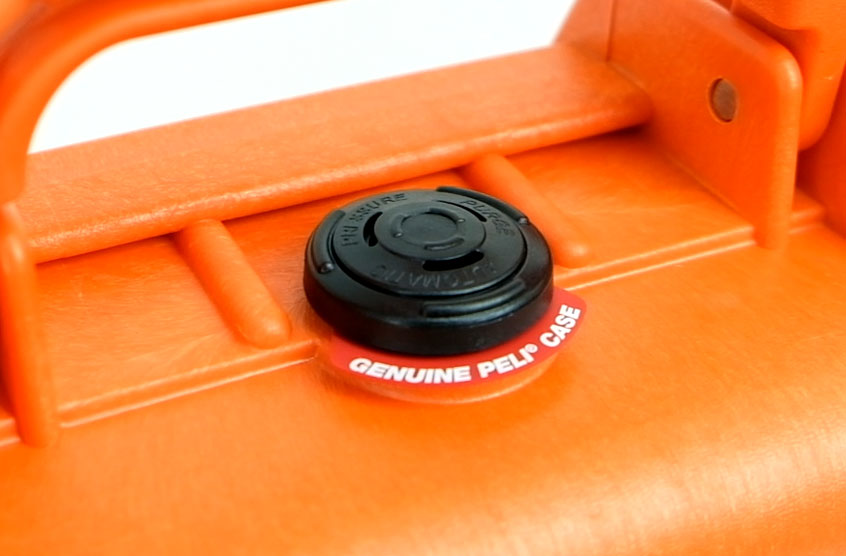
.png)





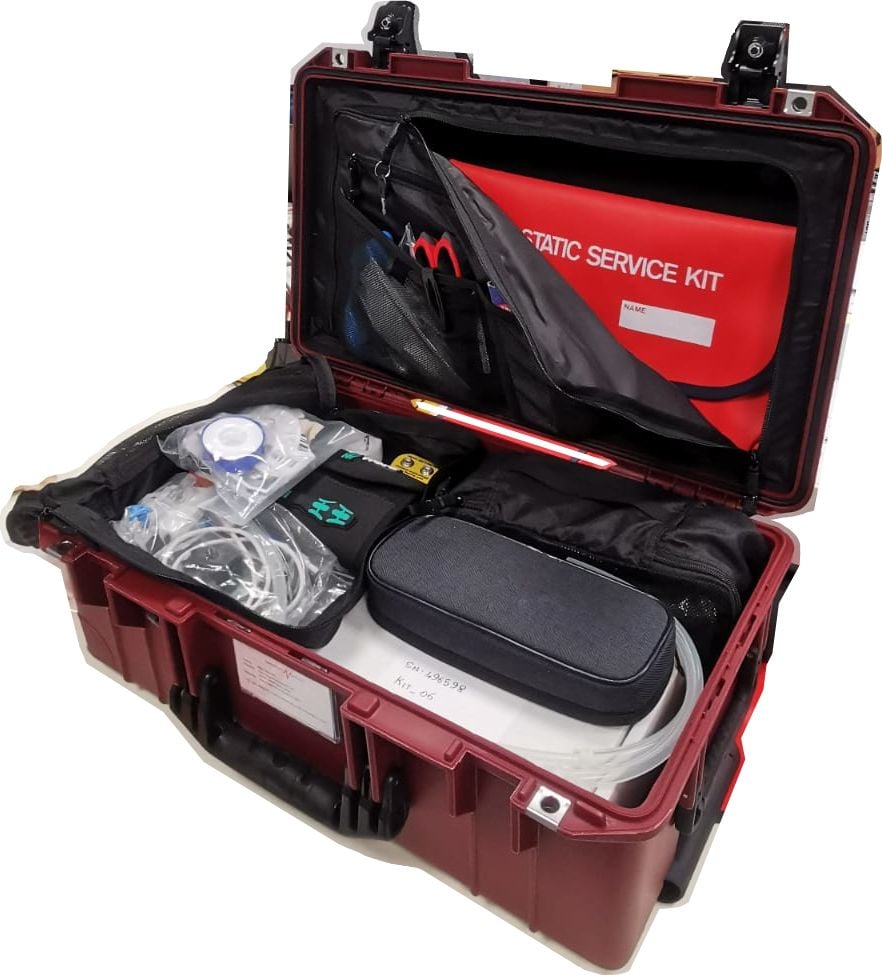
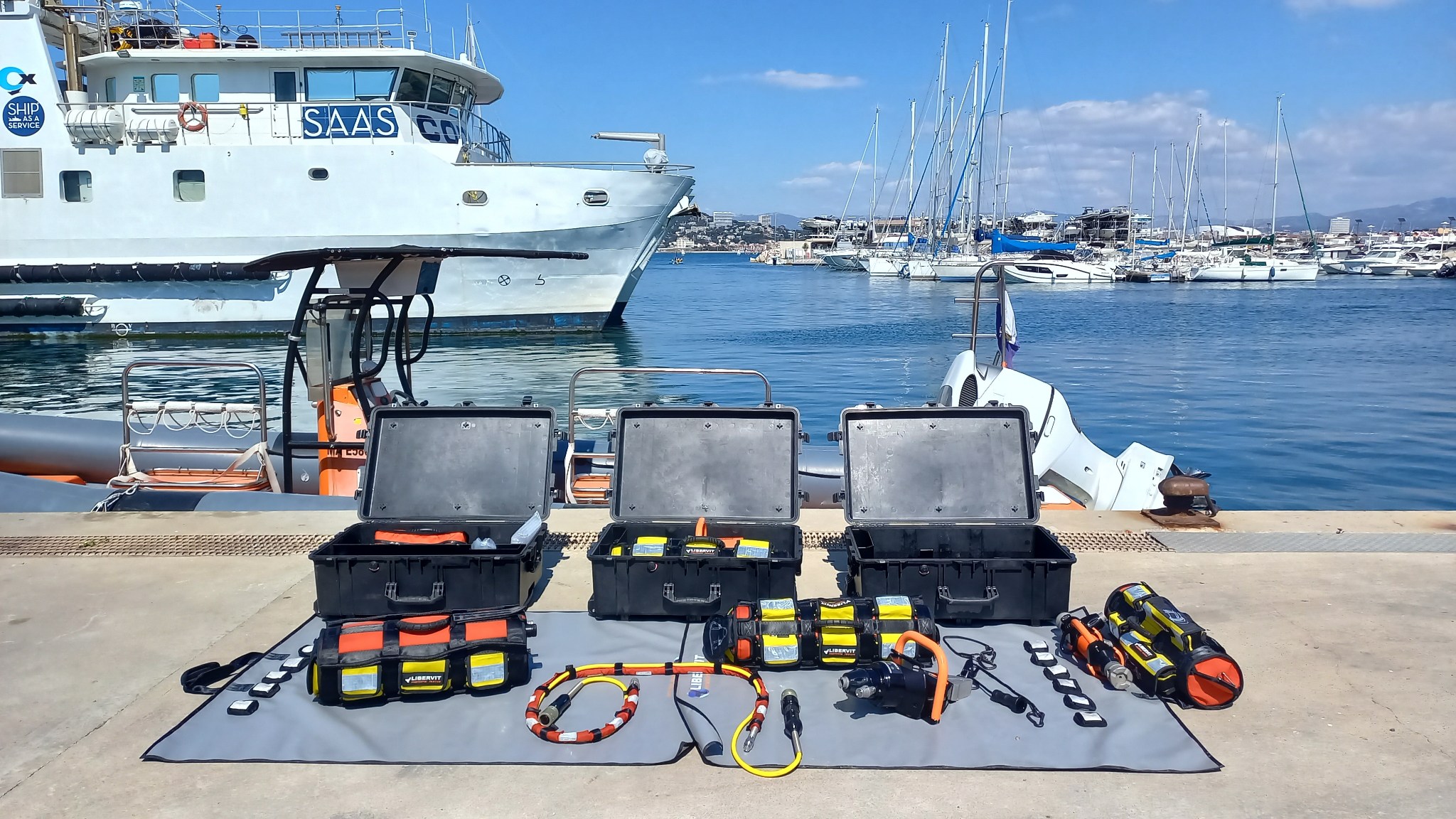
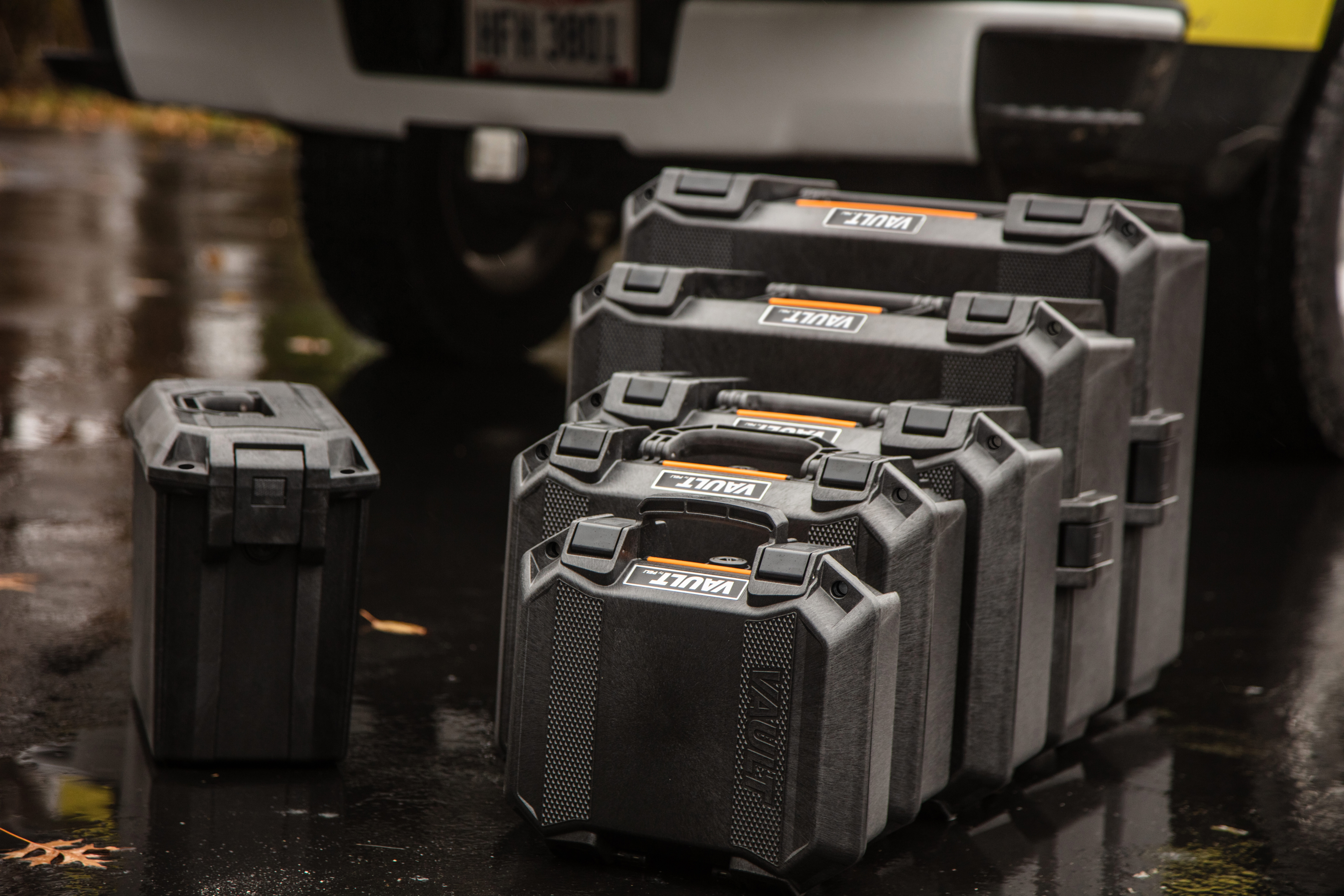
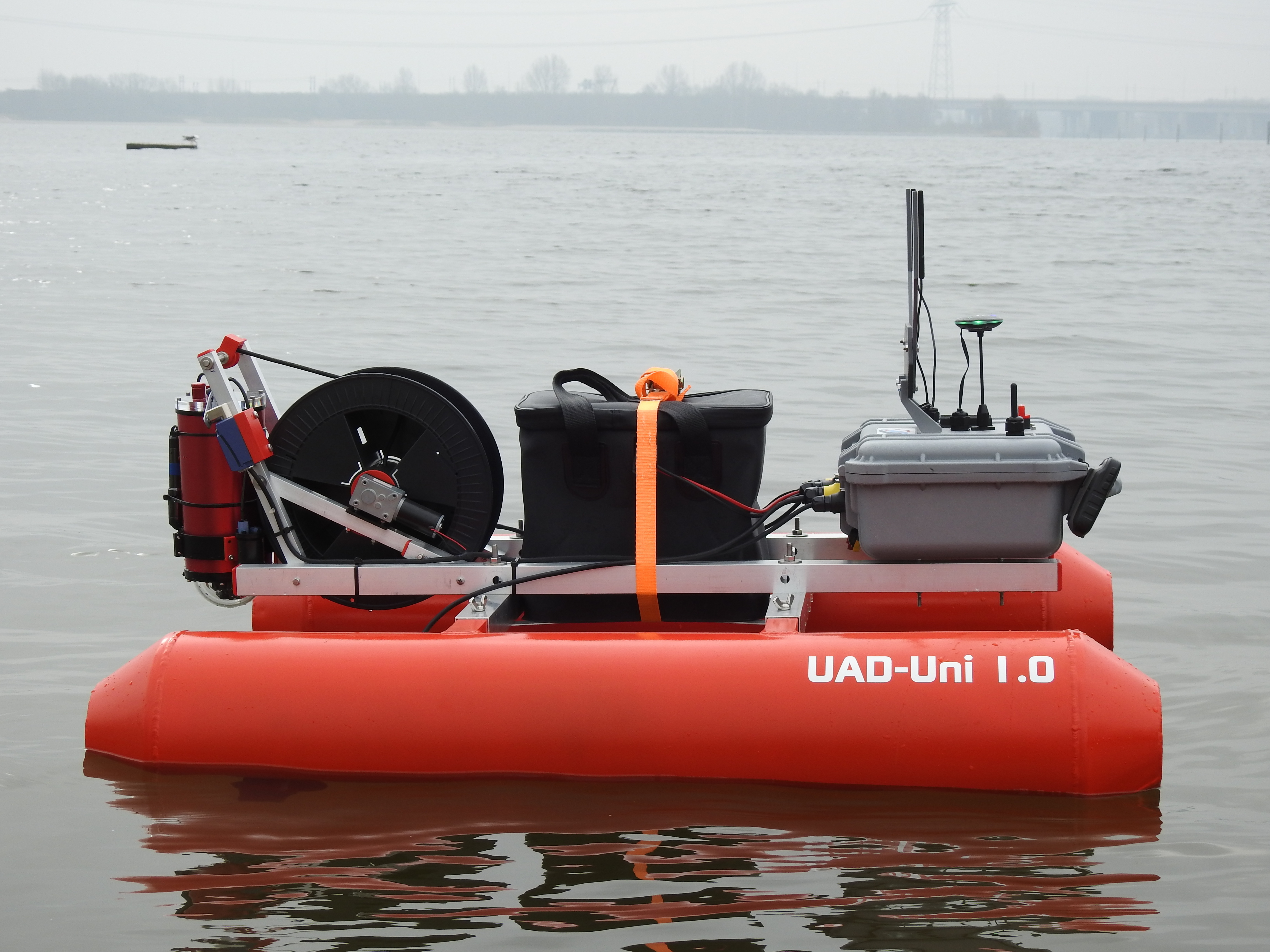

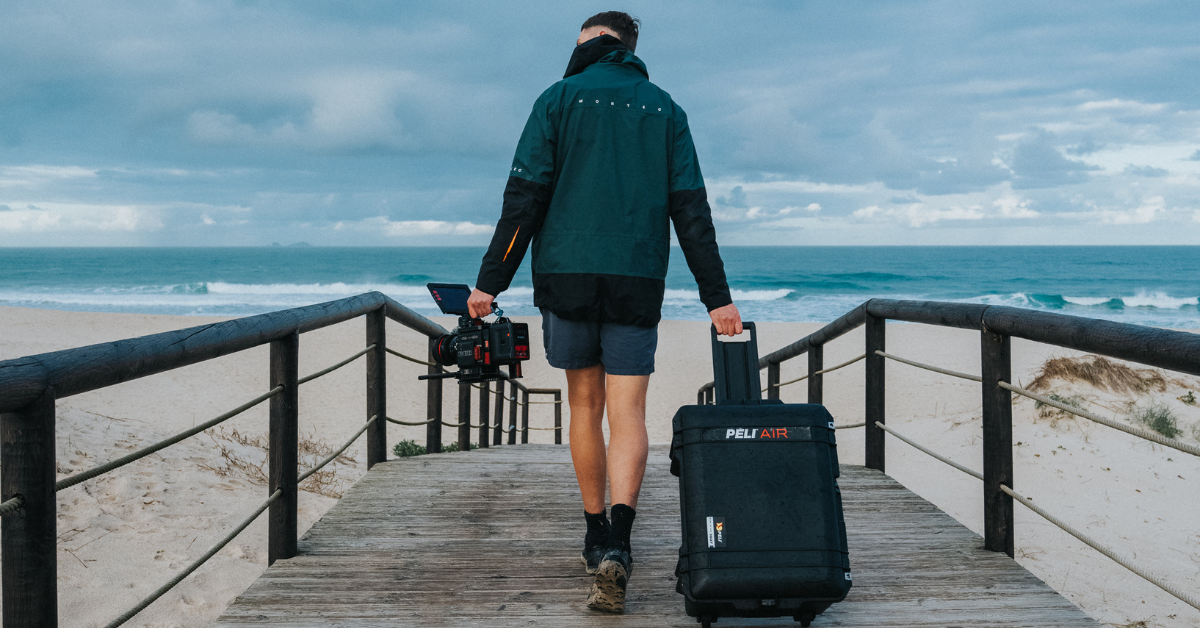
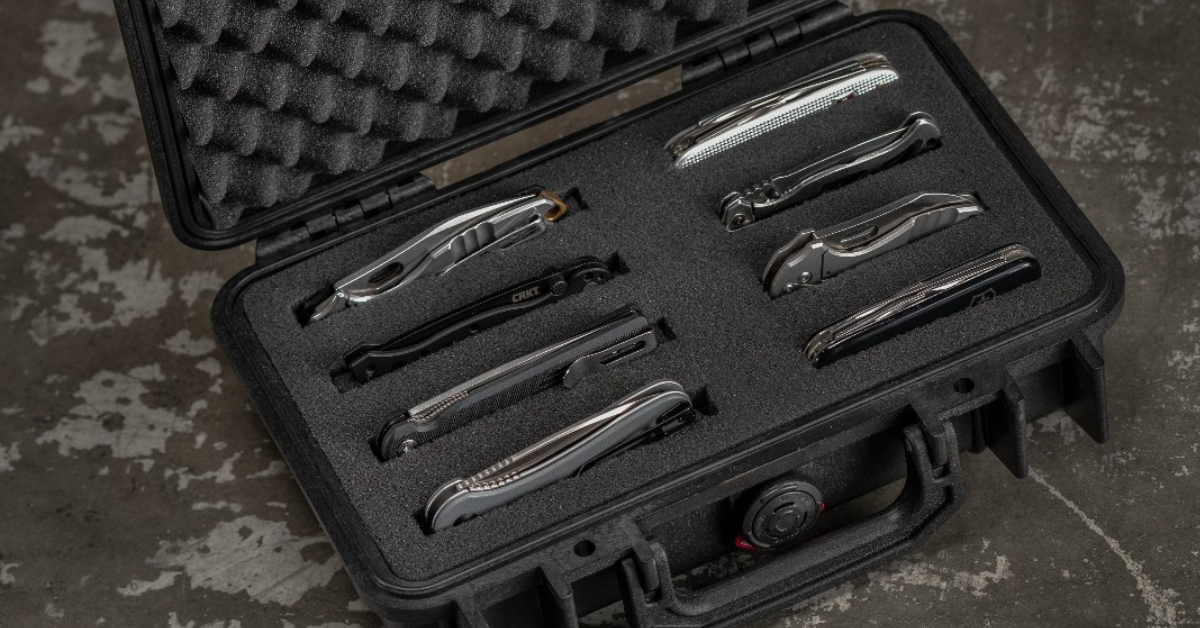
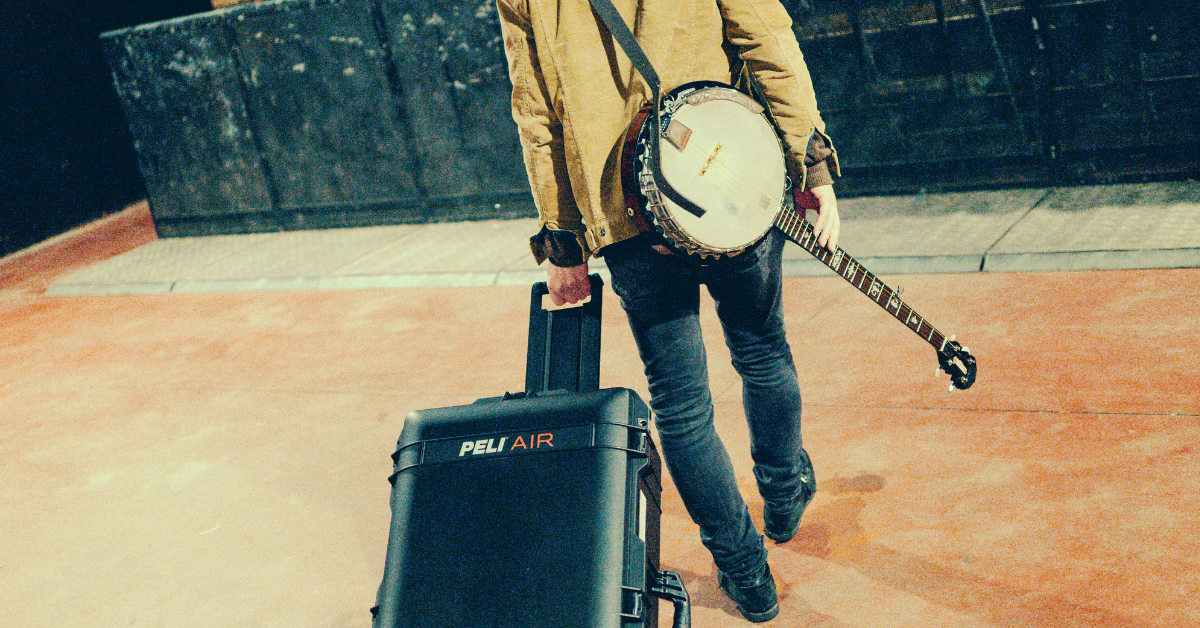

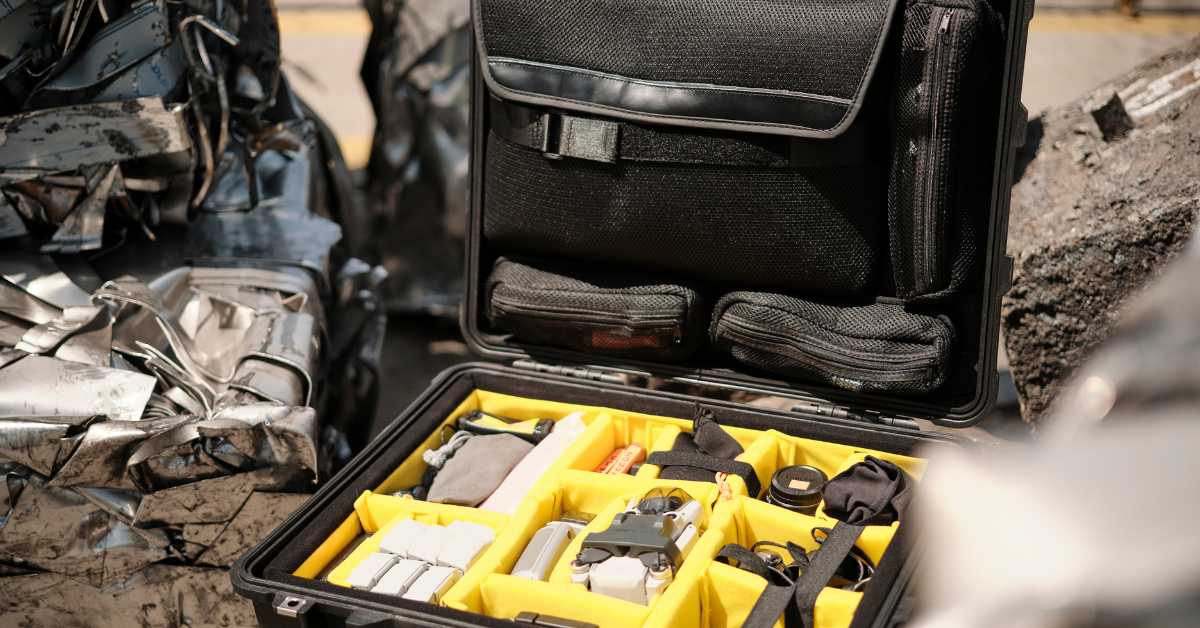
Post a comment